This article is Part 1 of a two-part series covering a presentation made by Karen A. Monsen, PhD, RN, FAAN, Professor Emeritus at the University of Minnesota School of Nursing. This presentation was made in October 2017 at the Michigan Premier Public Health Conference. Dr. Monsen describes her experience over the course of her career working with social behavioral determinants of health outcomes data and finding powerful ways to collect the data, interpret the data, and leverage the data to affect policy and inform community health decision-making.
In Part 1, the first part of Dr. Monsen’s presentation is covered, which focuses on how standardized terminology in electronic health records empowered her to collect meaningful and valuable data.
In Part 2, the second part of Dr. Monsen’s presentation is covered, which focuses on two studies she participated in and how those studies showcased powerful data, telling a story about a community’s health, and how that data could then be leveraged for decision-making and policy-making.
To view a recording of Dr. Monsen’s full presentation, click here.
Why Health Outcomes Data Matters: To Continue the Work We Do
Dr. Monsen began her presentation by discussing her experience as a nurse manager seeking (and finding) software that could provide outcome data for her public health programs. “Get in the time machine to 1997, when I was a nurse manager in a public health department in Washington County, Minnesota. And you can picture this: my director calls me into her office and she says, ‘Karen, you will computerize your nursing documentation and give me outcomes.’ And that was the entire conversation.
“I think one of the reasons my director thought it was so important that I should computerize my documentation and give her outcomes was she knew my programs were at risk. And I managed all of the MCH programs in our health department. So, I managed the WIC, the maternal child health home visits, children with special healthcare needs, and abuse and neglect prevention programs. So you can see that I had to justify.”
Dr. Monsen explained that in researching software, she found only two software systems: one that said they could provide outcome data and one that said they could not. She purchased the system that said it could provide outcome data. “And within two years of documenting, using our new EHR, I was able to go to the county board and get another public health nurse position because I could show that we reduced abuse among our mothers, infants, and children in our county. So we were able to reduce out-of-home placement.”
Addressing the room, Dr. Monsen asked how many of those present were public health nurses or managers. As several hands were lifted, Dr. Monsen said, “We have a lot of kindred spirits in this room—people who care about social and behavioral determinants of health. That is the reason behind the work that we do. And it’s the reason that we need data—to be able to show ourselves and to be able to make data-driven decisions, right? But also to be able to show the outcomes of what we do so that we can continue the work we do.”
A Failure to Collect Social and Behavioral Determinants of Health Data Leads to Inability to Determine Outcomes
Dr. Monsen presented a slide of the Evans and Stoddart Framework of Determinants of Health. You can view an image of the framework here (the National Library of Medicine, National Center for Biotechnology Information has reprinted the image from R.G. Evans and G.L. Stoddart, 1990, Producing Health, Consuming Health Care, Social Science, and Medicine 31:1347–1363, with permission from Elsevier Science Ltd, Kidlington, UK).
Dr. Monsen referenced how the model shows disease, healthcare, and health functions as three separate boxes near the center of the model. Those boxes are surrounded by other individual boxes representing determinants of health: social environment, physical environment, genetic endowment, prosperity, and well-being, as well as individual responses (behavior and biology). The model shows how the determinants influence disease, healthcare, and health and function at the center of the model and how those three items at the center, in turn, influence each other and the determinants.
Dr. Monsen explained, “So, I’m going to share this diagram, This is coming from a classic article about social and behavioral determinants… and it says, okay, we have the disease, we have healthcare, and then we have health and function. And that process is kind of surrounded by all these other things. And those things are called the social and behavioral determinants of health. So, we have the social environment, we have the physical environment, we have genetics, we have prosperity and well-being, and then we have how we respond to that—that health-related behavior… In order for us to get the data that we need to operationalize this model, we need to have a data collection system that looks like the model.”
Dr. Monsen went on to describe how many data collection systems, including electronic health records, have failed to collect meaningful data because they’ve failed to take into account how social and behavioral determinants of health influence health outcomes. “I’m a professor at the University of Minnesota, where I work in informatics. I teach these kinds of concepts about: how do you design an electronic health record? So, I’m kind of into this… In designing our data collection systems, including electronic health records, we’ve taken the pieces of paper that we’ve always used and made them into electronic forms. Then we put them all together and said, ‘Okay, there you go. There’s your electronic health record.’ And we never gave a second thought to this underlying structure.”
Dr. Monsen described how this failure in data collection systems or electronic health records was not giving public health departments the tools they needed. “So, we want our electronic health record to be able to spit out, to tell us, what are we getting for our buck? For all these services we’re providing, are we seeing any changes in health inequities? Are we addressing social and behavioral determinants of health? And unless we made a new form and stuck it in there, we wouldn’t be able to answer that question unless we had really granular data that could help us do that. And of course, what I didn’t know when I bought the software that I bought in 1998 was this Omaha System thing was in it.”
Standardized Terminology: Collecting Meaningful, Powerful Data
Near the beginning of her presentation, Dr. Monsen asked her audience, “How many of you have ever heard of the Omaha System?” The loudest response was, “Heard of what?” which led to laughs from the audience.
Dr. Monsen described how the software she bought in 1998 as a nurse manager hoping to computerize her documentation and get outcomes had in fact provided her with bigger and more meaningful data than she had anticipated. Unknown to her at the time she purchased the software, the Omaha System standardized terminology was built into the foundation of the software so that every piece of data entered was collected in a standardized format and could later be compiled and leveraged in profound and meaningful ways.
Dr. Monsen shared, “I discovered that in 1999 when I began to look at the data. And I thought, I found this thing; I found all this interesting information. I was a bachelor’s-prepared nurse manager, but I could use spreadsheets. So, I was putting the data into spreadsheets and I was making graphs. And I was going, ‘You know, I’ve never seen anything like this before, but boy, it looks interesting! What is this?’ And I called three professors from different universities around Minneapolis and they came to my office, They looked at my graphs. They said, ‘Karen, very interesting! Not my area.’ And that’s when my friend Debbie from Chisago County Public Health said, ‘Karen, if you do not go back to school now, you are crazy.’
“So, I took my data in suitcases. Little did I know that this was the beginning of the big data world, where we expect our data to speak to us. It’s the opposite of the theory-based and epidemiological perspectives where we expect to tell the world what data we need, get it back precisely based on our theoretical understanding of the problem, and then do the analysis that we’d planned (and no other analysis should be done except for that one we planned). This is the opposite. We now have so much data that it’s imperative we let the data speak to us because we can find those hidden patterns. This is a big data world.
“I was at the very forefront of that in our school of nursing because we were very much of a classical mind at that point. And I had to put this data through boot camp because no one trusted me enough that I could say, ‘I have my data but I don’t know what my question is.’”
The Omaha System: Standardized Terminology Explained
“After BootCamp, I started to see, okay, can I break this thing? Can I find a way that the Omaha System doesn’t serve public health nurses? Is there ever a time that it doesn’t serve to use this? Is there ever a time when it doesn’t give us new information? And the answer so far is no. And I’ve been at it quite sometime now,” Dr. Monsen shared, referencing the last 20 years of her academic career.
“So, I’ll give you a bit of background so you can understand: what is this thing—the Omaha System—that surprised me so much when I found it in my software,” Dr. Monsen began.
According to the Omaha System website, “The Omaha System is a research-based, comprehensive practice and documentation standardized taxonomy designed to describe client care.”
Referring to the beginning of her presentation, Dr. Monsen said, “So the Omaha System actually operationalizes those ideas that we saw in the previous slide—the Stoddard and Evans framework.”
Dr. Monsen displayed a slide with an Omaha System concept map. An image of the concept map can be viewed here, on the Research Gate website. The concept map depicts a centralized circle near the bottom of the map with the text, “Problems (42).” Above the circle, near the top of the page, are three colored boxes that begin 3 non-intersecting arms of a flow chart that all lead down to the “Problems (42)” circle: the problem classification scheme (which is blue), the intervention scheme (which is purple), and the problem rating scale for outcomes (which is orange).
Dr. Monsen explained the concept map:
- The blue area of the concept map, the Problem Classification Scheme, describes what is being talked about and provides a shared understanding of what is being talked about. Under the blue Problem Classification Scheme box, the flow chart splits into four sub-groups, one of which documents the physical aspect of health and the other three of which document social behavioral determinants (SBDH) of health:
- Environmental (SBDH). Examples: income, sanitation, residence, neighborhood, workplace, safety.
- Psychosocial (SBDH). Examples: mental health, grief, caretaking/parenting, social contact, abuse, neglect
- Health-related behaviors (SBDH). Examples: nutrition, substance use, family planning
- Physiological (physical). Examples: vision, hearing, respiration, circulation
- The purple area of the concept map is the Intervention Scheme, which documents what is being done to help people with their health or the services provided.
- The green area of the concept map, the Problem Rating Scale for Outcomes is a Likert-type, ordinal scale where every Problem is rated 1 through 5 for each of three dimensions of health:
- Knowledge: 1 = no knowledge, 5 = superior knowledge
- Behavior: 1 = not appropriate, 5 = consistently appropriate
- Status: 1 = extreme signs and symptoms; 5 = no signs and symptoms
“We are talking the language of public health here,” Dr. Monsen told her audience, “But we are doing it in the most simple terms possible. This actually originated in a public health setting, where the director of the VNA of Omaha said, ‘We need a way for everyone to talk to each other and understand, in the simplest way possible and including consumers, what we’re talking about and be able to share data.’”
The Omaha System creates a relational database where each Problem documented by the Problem Classification Scheme is rated using the Problem Rating Scale for Outcomes during each individual Intervention Scheme event. Those ratings are collected over time and the resulting increase or decrease in a person’s (or community’s) knowledge, behavior, and status can be compared to each other.
Dr. Monsen said, “So you’ve got this taxonomy going on in your head, and pretty soon you understand all of health and how it relates to each other. Pretty cool.”
Collecting Powerful, Leverageable Social and Determinants of Health Data
The Omaha System taxonomy provides standardized terminology that public health personnel can use to describe their work in a way that produces meaningful, measurable data. Because the data is documented using standardized terms, everyone is using the same language and the same definitions for terms to describe their work.
It is vital to collect social determinants of health data in order to get health outcome data. It is also vital to collect that data in a standardized way so that the outcome data is measurable and provable, which allows public health personnel to use that data to inform decision-making, allocate funding in the most effective way, and affect policy.
Dr. Monsen said, “So really, we’re about figuring out how to describe social and behavioral determinants of health using the Omaha System and talking about how we in communities can actually use that to drive our decision-making and policy, by the way.”


